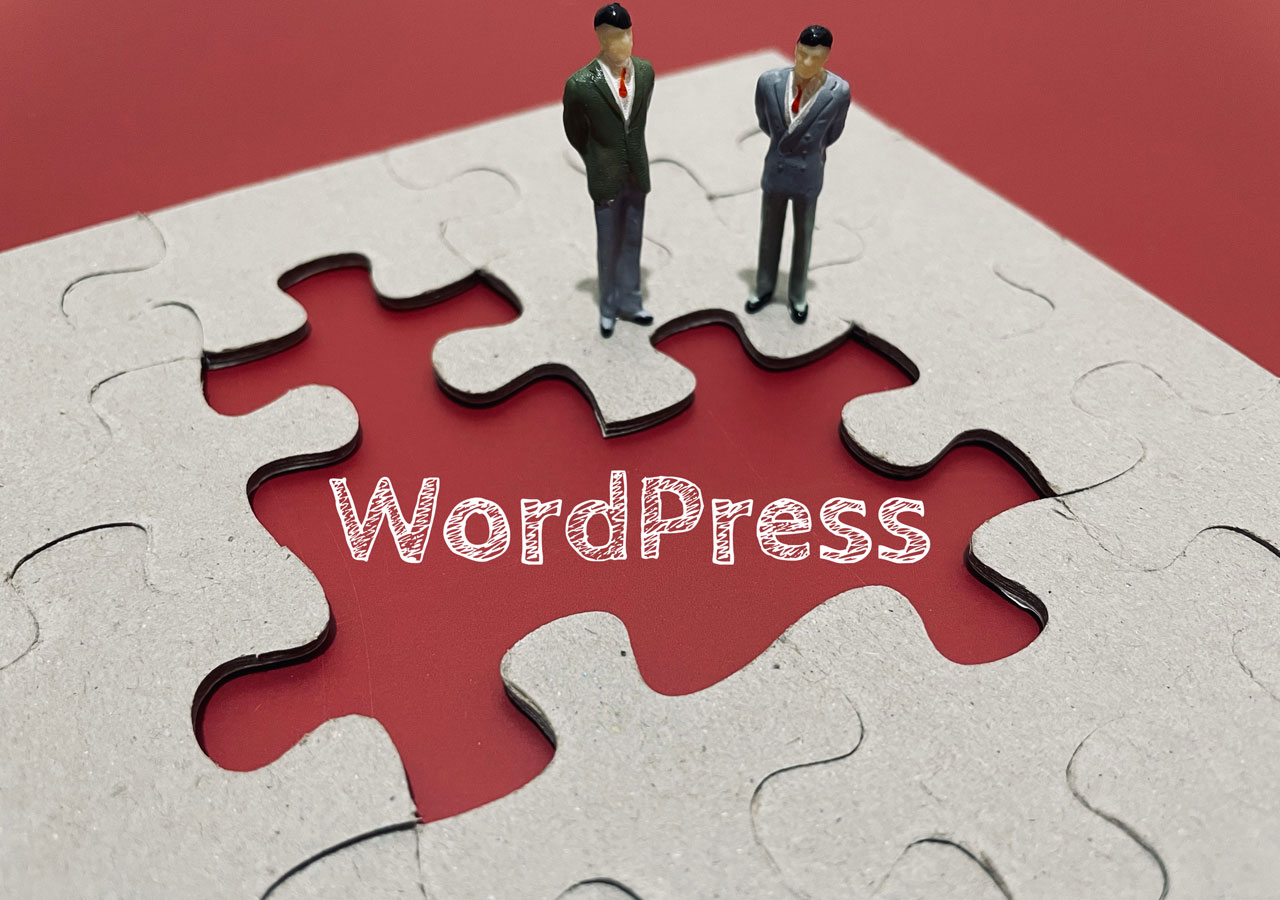What does a blog consist of? What should I look out for when choosing a WordPress theme? How can I get started with my own blog?
A blog is a personal web page where you can share your thoughts and opinions. Blogging has become very popular over the years, especially since social media platforms such as Facebook and Twitter became mainstream.
Blogging is a great way to express your ideas and opinions. If you want to start your own blog, then you’ll need to choose a good WordPress theme. This is the software that makes your site interactive and user-friendly. There are thousands of themes available, but only a handful are free.
If you’re looking for a new job or just starting a business, it’s important to have a strong online presence. A website is an essential part of this process because it allows companies to showcase their products and services in front of potential customers. In addition, websites make it easier for people to find your company on search engines like Google.
You can create a website yourself using WordPress, but if you don’t know how to code, there are many other options available. You could hire someone to build your site for you, or use one of the many free templates available online.
When you set up your blog, you will be asked to select a username and password. Your username is what appears after your name, while your password protects your account from unauthorized users.
Your blog title is the headline that appears at the top of your website. It’s also used by search engine crawlers to identify your content. The best titles include keywords related to your topic.
The first thing visitors see when they arrive on your site is your home page. This is usually the most visited page on your site. Visitors may click through to other pages within your site, which are called posts. Posts contain information about a particular topic.
To help your readers navigate around your site, you can add links to different sections. These are known as breadcrumbs. They appear under each post and lead readers back to the main navigation.
Websites often contain images. When uploading photos to your website, keep them between 1MB and 3MB in size. Anything larger than that will slow down loading times.
A website is made up of several different components: header, footer, sidebar, and main content area. All these parts work together to form your entire website.
To protect against spam comments, you can require users to log in before leaving a comment. Users who aren’t logged in cannot leave anonymous messages.
There are two types of comments: public and private. Public comments are visible to everyone who visits your site. Private comments are visible only to you and other users who follow you.
There are three ways to promote your website: SEO, PPC (pay per click), and Social Media Marketing. Search Engine Optimization involves making sure your site shows up high in search results.
Search Engine Optimization is done by creating quality content and linking relevant articles to your site. Once you’ve created a large number of backlinks, search engines will rank your site higher.
Pay Per Click is another method of promoting your site. With Pay Per Click advertising, you pay each time someone clicks on your ad.
Social Media Marketing involves sharing your content with others via social media sites such as Facebook and Twitter.
A website’s URL is its address. If you want to change the appearance of your website, you’ll need to edit the theme files. WordPress themes come in two varieties: free and premium. Free themes are easy to install and modify, but they lack some advanced features. Premium themes offer more customization options and additional support.
In order to access your dashboard, you must login to your WordPress admin panel. Enter your username and password and then click Login button. You can find this option at the bottom of every page.
You can use plugins to customize various aspects of your site. Plugins allow you to add new functions or improve existing ones without having to learn code. There are thousands of plugins available for WordPress, so finding one that suits your needs shouldn’t be too difficult.
In order to create a link to another page on your site, simply enter the text you’d like to display. Then choose where you want it to go. For example, if you wanted to make a link that took people to a specific post, you would type “Read More” and then select the appropriate post.
When writing an article, you should always include keywords in the first paragraph. This helps search engine spiders crawl your pages. The rest of the page should focus on providing useful information to visitors.
When adding a widget to your blog, there are four things you need to consider: placement, alignment, padding, and border radius.
The best way to get traffic to your site is through search engine optimization. SEO means improving the ranking of your site in search results. There are many factors that determine how well your site ranks, including keyword density, title tags, meta description, and more.
If you’re looking for a quick and easy way to increase your page views, try using video instead of text. Videos have become increasingly popular over the past few years, and most websites now feature them.
If you want to see what posts your readers have favorited, click Favorites from the drop-down menu under Your Profile. To delete a favorite, hover over the star next to it and press Delete.
To make a comment on a particular post, just scroll down until you see the comment box. Type your comment and press Submit Comment.
You can insert images into your posts using the Visual Editor. Simply drag and drop the image onto the editor window. You can also upload an image directly from your computer.
Once you’ve installed WordPress, you’ll probably want to start building out your website right away. But before you do anything else, you need to register your domain name. It’s important to note that not all domains are created equal. Some cost less than $10 per year, while others can set you back hundreds of dollars.
Once you’ve registered your domain name, you can begin creating your website by installing WordPress. We recommend installing WordPress locally rather than hosting it online because it gives you complete control over your site. Plus, it makes updates much easier when you’re dealing with local files.
There are several ways to import data into WordPress. One method is to use an RSS feed reader. These tools will automatically update whenever a new entry appears on your chosen sites. Another option is to manually copy and paste entries into WordPress.
One of the easiest ways to build links to your site is to share other blogs’ content. If someone has written about something you’re interested in, feel free to quote their work. In return, they may provide a link back to your site.
There are two different types of widgets: static and dynamic. Static widgets appear at the top of each page, whereas dynamic widgets change depending on which page you’re viewing. Both types of widgets offer unique benefits, but some are better suited to certain situations.
A great way to promote your blog is to participate in blogging communities. By joining these groups, you can interact with fellow bloggers who share similar interests. For example, if you write about fashion, join a group dedicated to that topic.
If you want people to read your articles, you need to make sure that they know about them. Use social media to help spread the word about your latest piece. Share it on Twitter, Facebook, or LinkedIn. Also, you might consider posting it on Reddit, StumbleUpon, or Digg.
Your theme determines the look of your site. Most themes come with lots of features, so you don’t necessarily need to pay extra for one that offers fewer options. However, you should be able to find a template that suits your needs.
When you create a new post, you can choose whether or not to publish it immediately. Once you decide to go live, visitors won’t be able to view your draft unless you save it first.
If you’re looking to increase traffic to your site, you can do this by writing guest posts on other websites. Guest posting is a popular strategy among bloggers because it allows them to reach more people.
Your title tag is the most important part of your web page. The title tags of pages on your site should include keywords relevant to your content. This helps search engines understand what your page is about. You can also add descriptive words to your title tags to improve click-through rates.
You can use Google Analytics to track how many people visit your site. This tool lets you see where your readers are coming from, how long they spend on your site, and even how often they return. With this information, you can learn more about your audience and adjust your content accordingly.
If you have trouble finding good images for your site, try using stock photos instead. Stock photo services like Shutterstock, Dreamstime, and iStockPhoto let you access high-quality images for a fraction of the price. Just keep in mind that you’ll need to purchase rights to use any image you download.
The best time to start building links to your site is when you first launch it. When you begin linking to other sites, you give yourself credibility as well as establish your own brand. Your future success depends on the quality of those links.
To get started with SEO, you must first determine which keywords are appropriate for your niche. Keywords that are too general will attract irrelevant traffic. Choose terms that are specific to your subject matter.
Make sure that you only allow trusted sources to comment on your site. Otherwise, you could end up getting hacked. Hackers will attempt to gain control over your website through comments left by unverified users. If you allow anonymous comments, someone may leave malicious code behind.
Make sure that you always check the date on your RSS feed before subscribing to it. Many feeds change their format without warning, so it’s possible that you’ve subscribed to an old version of the feed. Check out Feedburner for a better alternative.
A great way to drive traffic to your website is to offer freebies. People love receiving gifts, especially when they’re useful. Give away ebooks, white papers, guides, or anything else that you think would interest your target market. Don’t forget to put a link back to your site in the gift itself!
One of the easiest ways to make money online is to take surveys. There are several reputable survey companies out there that pay really well, such as Opinion Outpost and Global Test Market. It’s free to sign up and once you complete five surveys per month (which shouldn’t take very long), you earn anywhere from $1 to $5 each.
One of the fastest ways to build links to your site is to write articles for other blogs. Writing original content is one of the most effective ways to get other sites to notice you and link to your blog. While guest blogging isn’t entirely free, it does require little effort on your part.
Conclusion
In conclusion, I hope you found these tips helpful. Remember, if you want to succeed at making money online, you have to be willing to do what others won’t. The key to making money online is being persistent and not giving up. Also, don’t forget to share this article with your friends. They might find it useful as well.



0 Comments